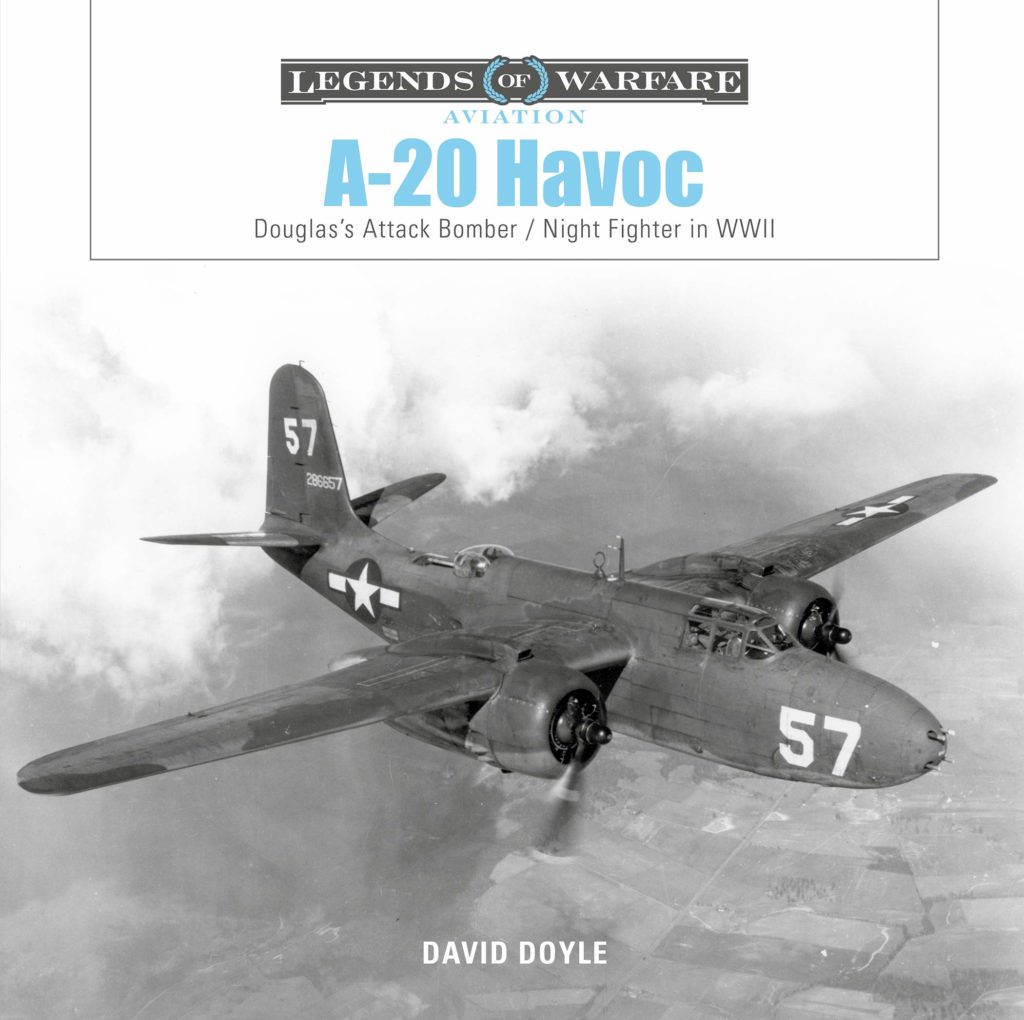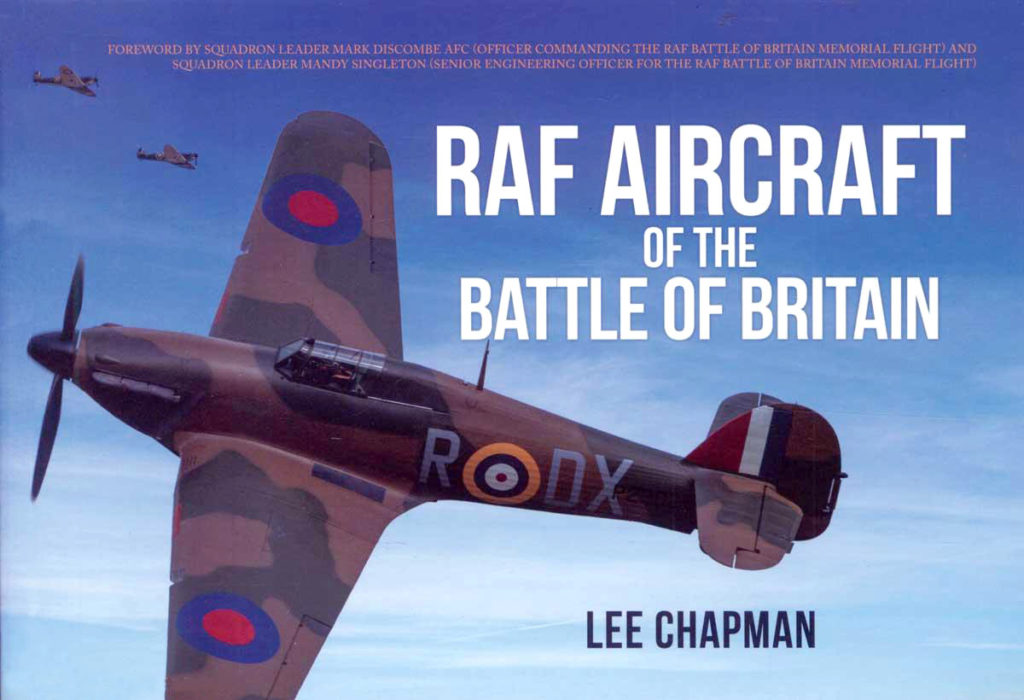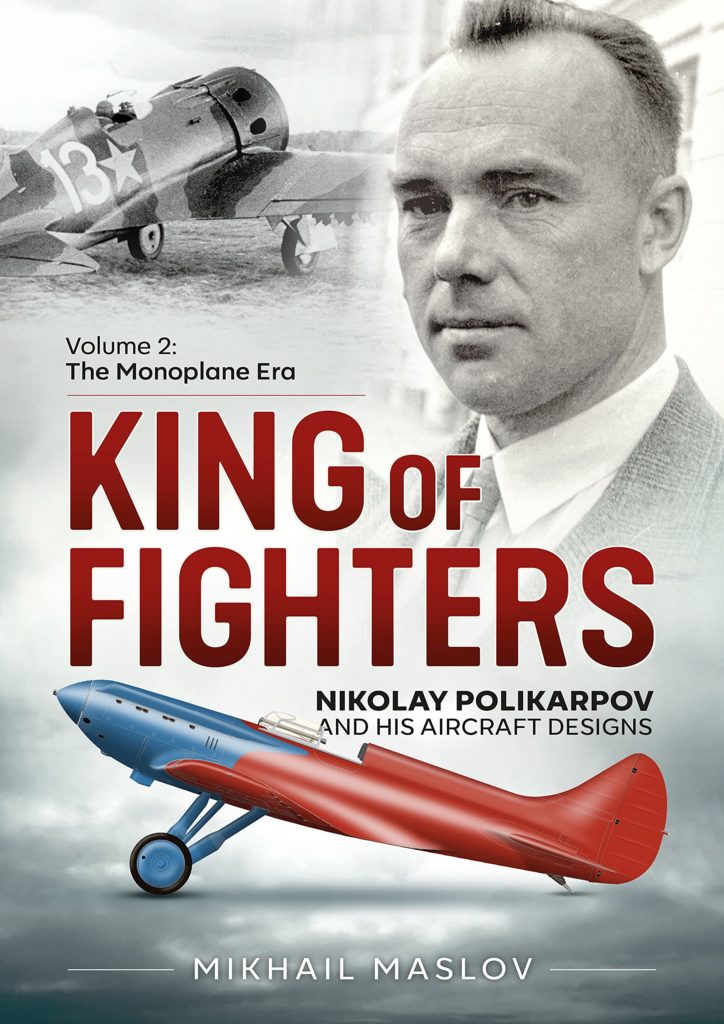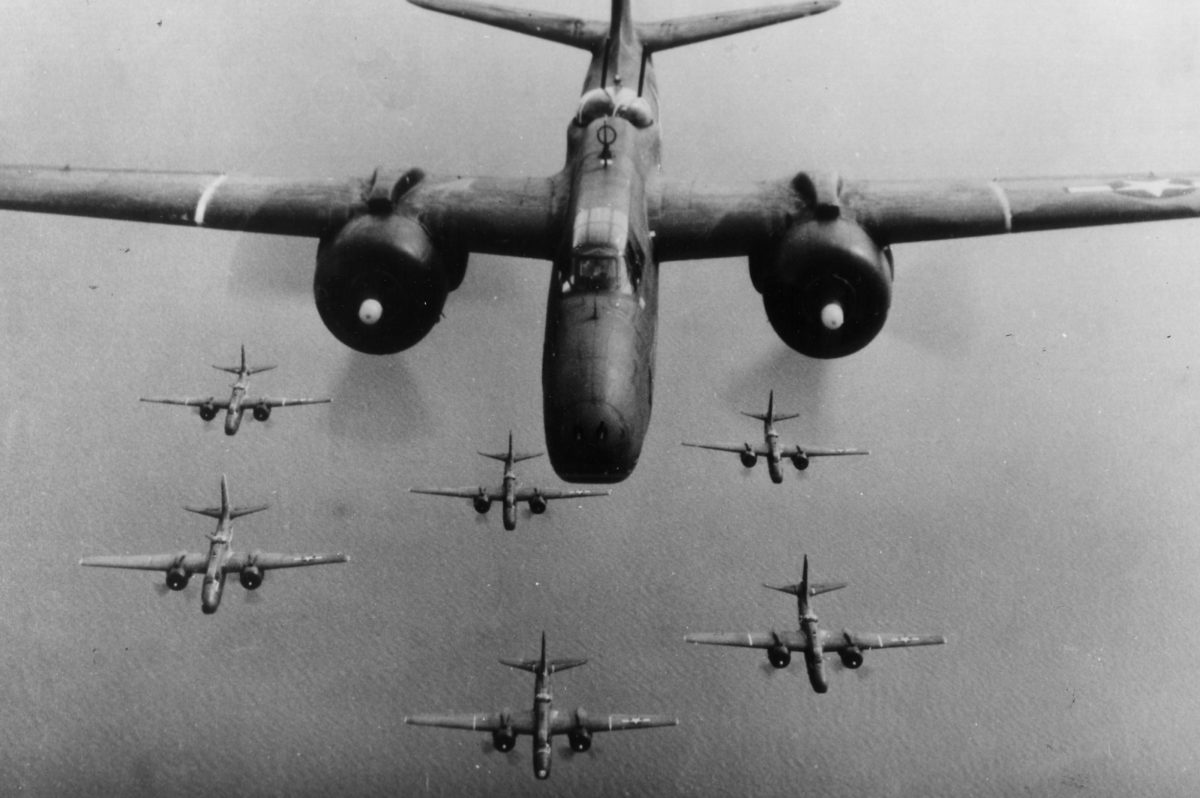There’s no shortage of books about airplanes. We review a lot of them in the pages of Aviation History, but here are a few more you may find of interest, with subject matter that ranges all over the world.
“A-20 Havoc: Douglas’s Attack/Bomber/Night Fighter in WWII”
by David Doyle, Schiffer Publishing Ltd., 2021, $19.99
Any discussion of the most effective, versatile and widely used American combat aircraft of World War II would probably not include the Douglas A-20 Havoc. That would be an unfortunate oversight because, while lacking the glamor of single-engine fighters or big multiengine bombers, the A-20 did, indeed, tick all the boxes. The Havoc was already in production before war began in 1939 and still in front-line service when it ended. The U.S. Army Air Forces used it extensively and so did most of the other Allied air arms. Nearly half the Havocs produced went to the Soviet Union. Operated successfully from the Arctic to the equator, the Havoc was adapted to fulfill a multitude of roles, including bombing, ground attack, ground strafing, torpedo-dropping, photoreconnaissance, night interception and night intruder.
Jack Northrop and Ed Heinemann of Douglas Aircraft initiated the design of the A-20 in 1936. In 1937, the U.S. Army Air Corps issued a specification for a new twin-engine “attack” plane and Heinemann adapted the design to meet those new requirements. First flown on Oct. 26, 1938, the aircraft caught the attention of the Army Air Corps as well as the rapidly expanding French air force, which ordered it in February 1939, three months before the USAAC.
“A-20 Havoc” does justice to an important yet largely forgotten warplane that became a masterpiece of aeronautical versatility. Lavishly illustrated with photos and detailed drawings, it covers the A-20’s development from its inception until the delivery of the final production aircraft in September 1944. A curious but glaring omission, however, is any mention of the innumerable modifications made by the British and Russians to adapt the A-20 to suit their own specialized operational requirements. The story from the Soviet Union alone could fill its own book. Nevertheless, this new volume provides a highly detailed examination of one of the most efficacious aircraft of WWII.
— Robert Guttman

A-20 Havoc: Douglas’s Attack/Bomber/Night Fighter in WWII
by David Doyle, Schiffer Publishing Ltd., 2021
This post contains affiliate links. If you buy something through our site, we might earn a commission.
“RAF Aircraft of the Battle of Britain”
by Lee Chapman, Key Publishing, 2020, $29.95
Since the beginning of air warfare, no sustained aerial fight has elicited more historical commentary than the Battle of Britain, the pivotal clash between the Luftwaffe and the Royal Air Force that occurred in the summer and early fall of 1940. The interest is understandable. The stakes were high, not just for the British homeland but also for Western democracy. In addition, like in a Hollywood script, repelling the intruders hinged on a relative handful of daring pilots whom Winston Churchill famously labeled the “Few.”
Every time someone produces another book on the iconic air battle, the first question is: What more can you say? Photographer and vintage plane enthusiast Lee Chapman answers with his photos of the battle’s aircraft types as they are displayed today in Britain. He devotes chapters to each of the principal RAF fighters, the Supermarine Spitfire and Hawker Hurricane, while he also has chapters about trainers like the de Havilland Tiger Moth, 1930s biplanes like the Gloster Gladiator, liaison aircraft like the Westland Lysander and other fighters like the Boulton Paul Defiant. Highly informative captions accompany the photos.
Although there are no air-to-air beauty shots here, this compilation offers some close-up images of low-level fly-bys. When not depicting the historic military planes in flight, the book shows them in museum galleries or in pastoral scenes parked on emerald fields and under the orange glow of a rising sun. The horizontally formatted paperback is a kind of visual catalog of Britain’s surviving relics from a special period in aviation history, with a grateful acknowledgment to the preservationists and pilots who keep the machines presentable and, in some cases, flyable.
— Philip Handleman

RAF Aircraft of the Battle of Britain
by Lee Chapman, Key Publishing, 2020
This post contains affiliate links. If you buy something through our site, we might earn a commission.
“King of Fighters: Nikolay Polikarpov and His Aircraft Designs Volume 2, the Monoplane Era”
by Mikhail Maslov, Helion & Company, 2021, $49.95
The name of Nikolay Polikarpov commands a similar level of respect in Russia to that of Reginald J. Mitchell, the creator of the legendary Supermarine Spitfire, in Britain. Both designed iconic fighter aircraft that served throughout the world and became symbols of their respective nations’ struggle against Nazi aggression during World War II. In addition, Polikarpov’s life, like Mitchell’s, was cut short by cancer. The newly published second of two volumes on the man whom the Soviets called “King of Fighters” focuses primarily on the illustrious design for which he is best known.
When the Polikarpov I-16 first appeared in combat during the Spanish Civil War in 1936, many American authorities dismissed it as a copy of their Boeing P-26. They could not have been more wrong. In fact, the I-16 was the first fighter to incorporate all the features that would define fighter design during the World War II. It was a low-wing, cantilever monoplane with retractable landing gear, an enclosed cockpit and multiple machine guns. In fact, when first flown in 1933, the I-16 was the most advanced fighter aircraft in the world.
Flown in combat from Spain to China, the I-16 came to acquire a host of different nicknames. To Spanish Nationalists it was the Mosca (“Fly”) while their Fascist opponents called it the Rata (“Rat”). The Japanese who faced it in China and Mongolia dubbed it Abu(“Gadfly”). However, to Soviet pilots it was affectionately known as Ishak (“Little Donkey”). More than 10,000 were produced and although it was obsolete when Germany invaded Russia in June 1941, it was still in frontline service.
Researched from Russian sources, this authoritative new book concentrates mainly upon the innumerable versions of the ubiquitous I-16. However, it also describes the numerous other monoplanes created by Polikarpov prior to his death in 1944. This volume will undoubtedly become the primary source of information on both the legendary I-16 and its creator.
— Robert Guttman

King of Fighters: Nikolay Polikarpov and His Aircraft Designs Volume 2, the Monoplane Era
by Mikhail Maslov, Helion & Company, 2021
This post contains affiliate links. If you buy something through our site, we might earn a commission.





